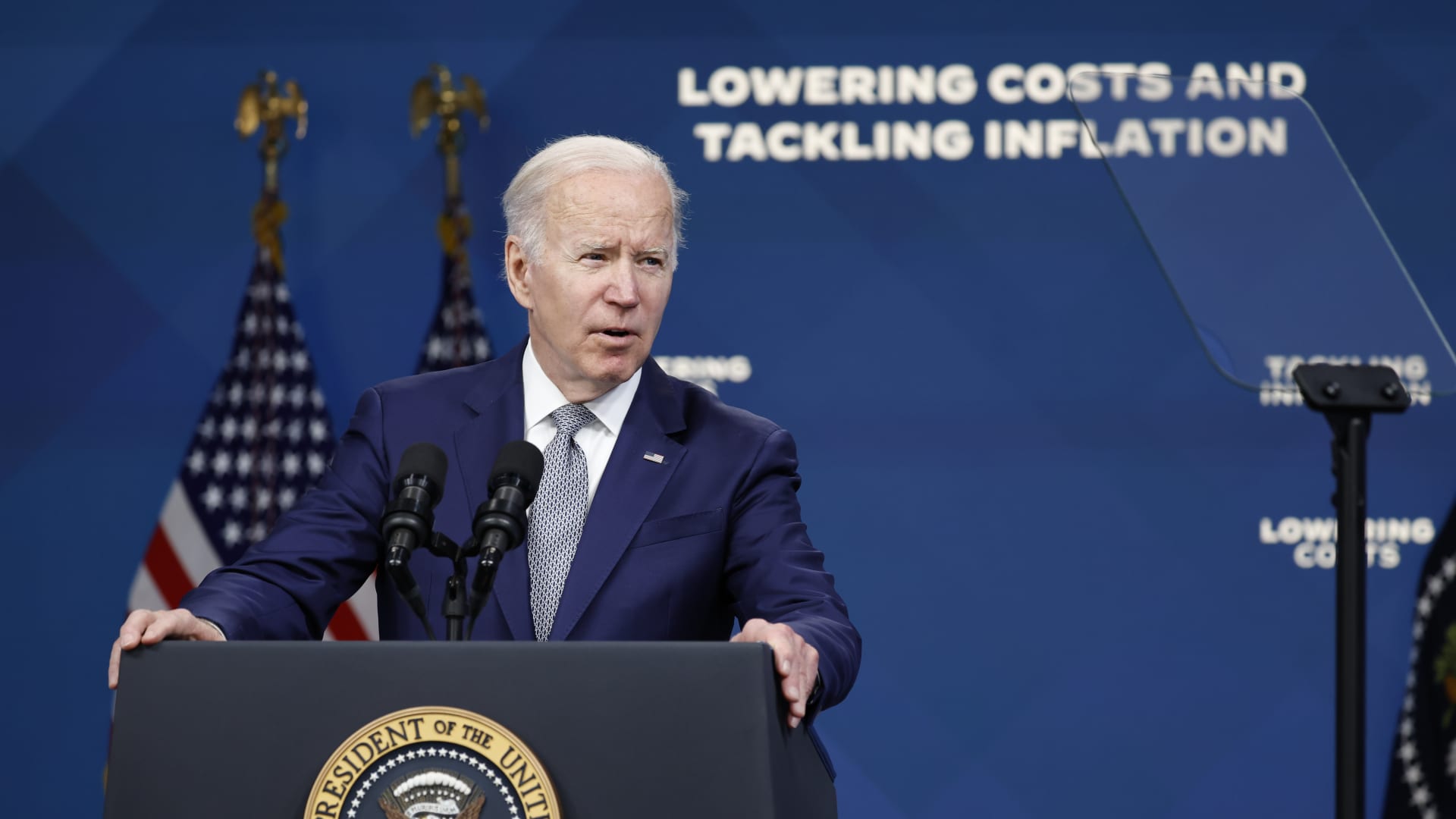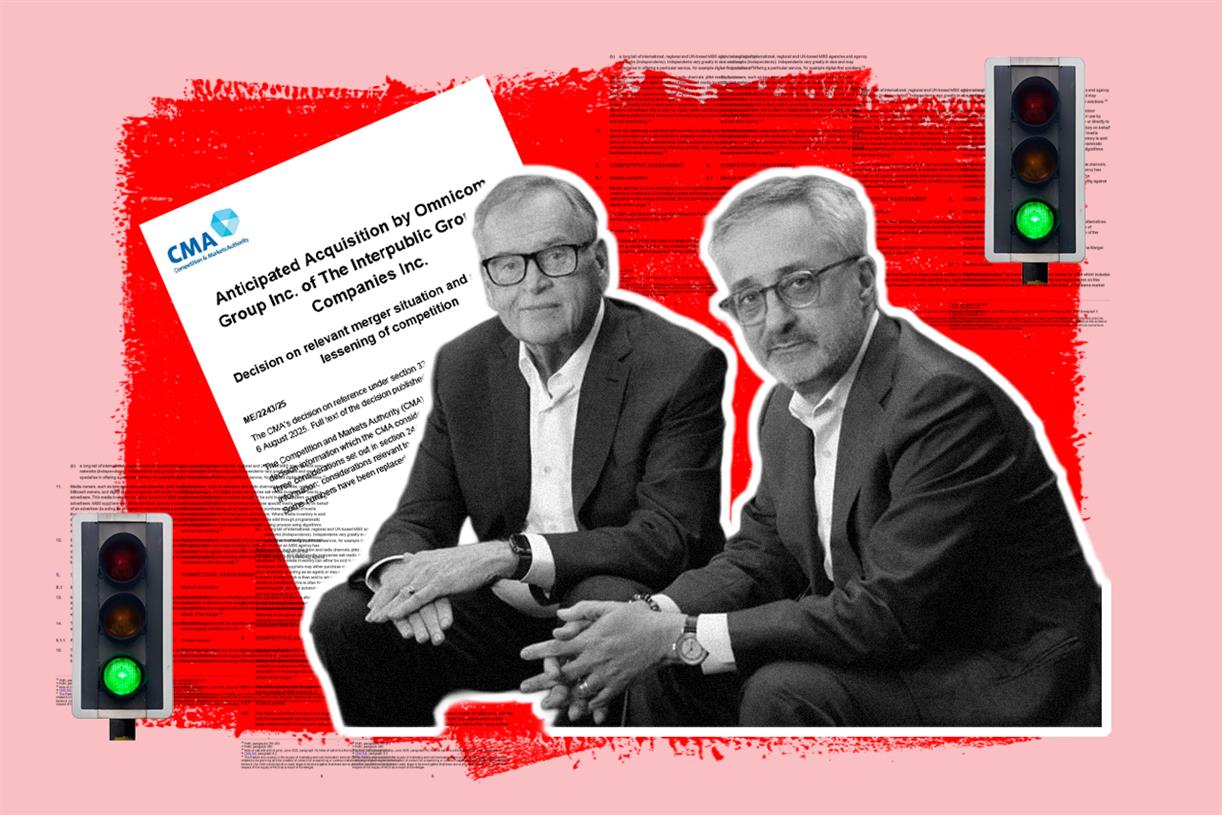Payrolls rose 390,000 in May, better than expected as companies keep hiring
Nonfarm payrolls were expected to increase 328,000 in May, according to Dow Jones estimates.

The U.S. economy added 390,000 jobs in May, better than expected despite fears of an economic slowdown and with a roaring pace of inflation, the Bureau of Labor Statistics reported Friday.
At the same time, the unemployment rate held at 3.6%, just above the lowest level since December 1969.
Economists surveyed by Dow Jones had been looking for nonfarm payrolls to expand by 328,000 and the unemployment rate to edge lower to 3.5%.
"Despite the slight cooldown, the tight labor market is clearly sticking around and is shrugging off fears of a downturn," said Daniel Zhao, Glassdoor's senior economist. "We continue to see signs of a healthy and competitive job market, with no signs of stepping on the brakes yet."
Average hourly earnings increased 0.3% from April, slightly lower than the 0.4% estimate. The year-over-year increase for wages of 5.2% was in line with expectations.
Stock market futures were volatile and pointed to a lower open on Wall Street following the report. Government bond yields moved higher.
Job gains were broad-based. Leisure and hospitality led, adding 84,000 positions. Professional and business services rose by 75,000, transportation and warehousing contributed 47,000, and construction jobs increased by 36,000.
Other areas that saw notable gains included state government education (36,000), private education (33,000), health care (28,000), manufacturing (18,000) and wholesale trade (14,000).
Retail trade took a hit on the month, however, losing 61,000 in May, though the BLS noted that the sector remains 159,000 above its February 2020 pre-pandemic level.
"That's not really consistent with a consumer that's itching to spend on goods," Drew Matus, chief market strategist at MetLife Investment Management, said of the retail numbers. "The accommodation and food services story is telling you people have shifted from goods spending to services spending. The real question is how long will they sustain that."
Despite the job gains, the BLS household survey showed that the labor market has yet to recover all the positions lost during the pandemic. Total employment remains 440,000 below the pre-Covid level.
Labor force participation edged higher, rising to 62.3% though still 1.1 percentage points below February 2020, as the labor force is smaller by 207,000 from that mark.
A more encompassing measure of unemployment that takes into account those not looking for jobs and those holding part-time positions for economic reasons moved higher to 7.1%, up one-tenth of a percentage point from April. Unemployment for Asians fell to 2.4%, the lowest in nearly three years, while the rate for Blacks was 6.2%, an increase of 0.3 percentage point.
Revisions to the March and April job estimates shaved 22,000 off the previously reported totals.
Matus said the market reaction probably indicates that investors are both anticipating more Federal Reserve interest rate hikes and a slowing jobs market. Fed officials have said they are looking to bring the jobs picture back into balance from the current high demand and low labor supply.
"I wouldn't call it the calm before the storm, but it might be the last bit of sunlight before the clouds get a little deeper and darker," Matus said.
The report comes amid fears that higher inflation along with geopolitical developments including the war in Ukraine and Covid restrictions in China could impact a U.S. economy that contracted at a 1.5% rate in the first quarter.
Though there have been recent signs that inflation could be slowing, the current pace is still around the fastest in 40 years. Prices at the pump specifically are at historical highs, with a gallon of regular unleaded at $4.76, up 13% from a month ago and more than 56% from a year ago, according to AAA.
That is coming with a slowing economy that is currently on track to grow just at a 1.3% rate in the second quarter, according to the Federal Reserve.
In an effort to control inflation, the Fed is trying to slow the economy with a series of interest rate hikes. Fed Governor Lael Brainard told CNBC on Thursday that she anticipates further increases in the months ahead until inflation comes down to the central bank's 2% goal.
Businesses have been hampered in the current environment, not least by a shortage of workers that has left nearly two job openings for every available worker. A Fed report earlier this week said businesses are expressing increasing concerns about future prospects – eight of the central bank's 12 districts reported slowing growth while four specifically cited recession fears.

 Fransebas
Fransebas 
































